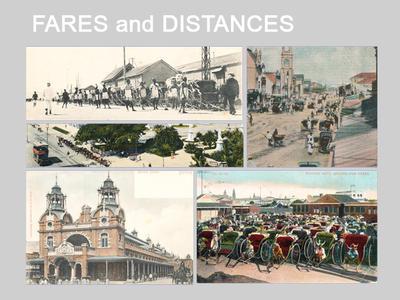
Fares and Distances. Pullers could make up to £1 per day which aroused white anger. Working conditions did not make for a long life. 1906 report and 1899 representations to government. The life of a ricksha puller was not easy, and in many Asian countries it soon organised into a sub-culture of crime and violence which reduced the life expectancy of many pullers to less than a year. Mark Tully, author of “Heart of India”, tells of how young men were lured into this employment by the prospect of good money, and then found themselves trapped into it by a cycle of drug-taking and physical exhaustion.
By the 1940s ricksha pullers in many Asian countries had made the transition to the less-tiring tricycle ricksha, and in Bangladesh these became a picturesque addition to the country’ s tourist attraction. In others, however, such as post-1945 China, the work was deemed to be too degrading for a human being and their use was finally banned by the new communist government.
Franco Frescura collection

